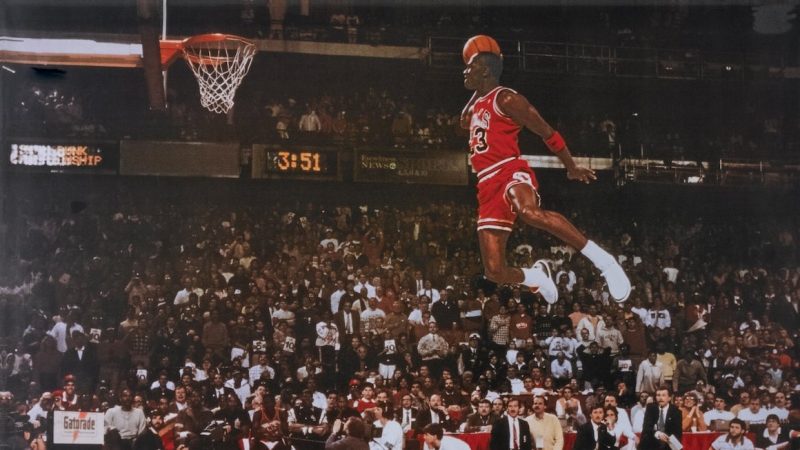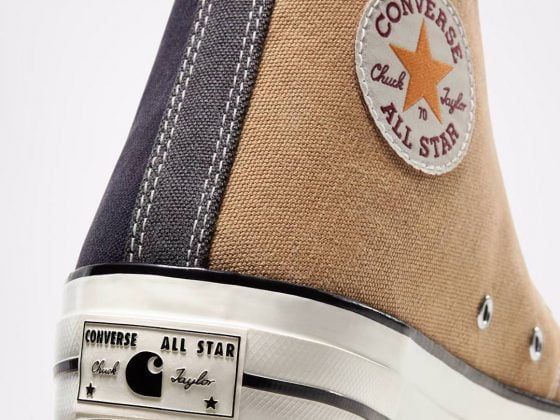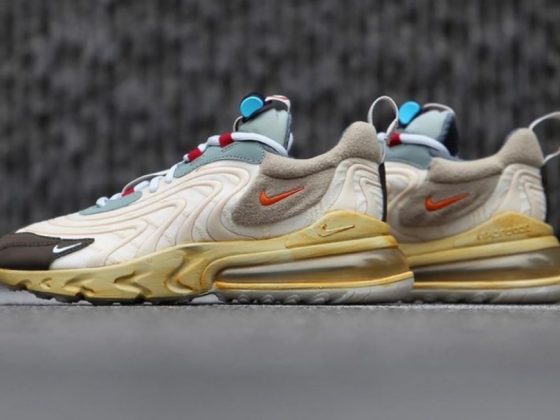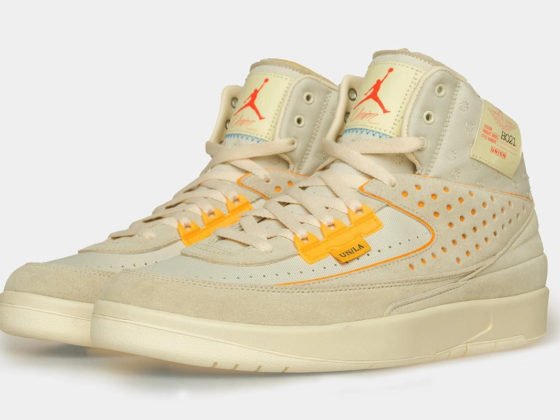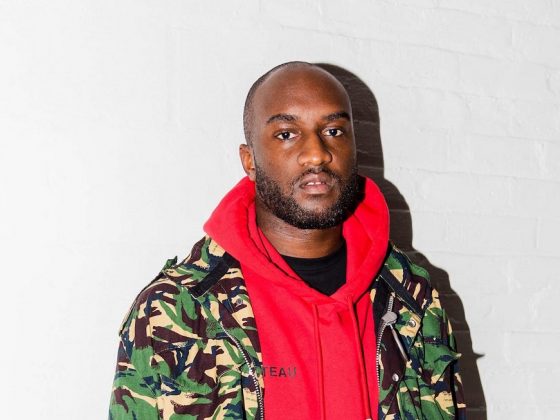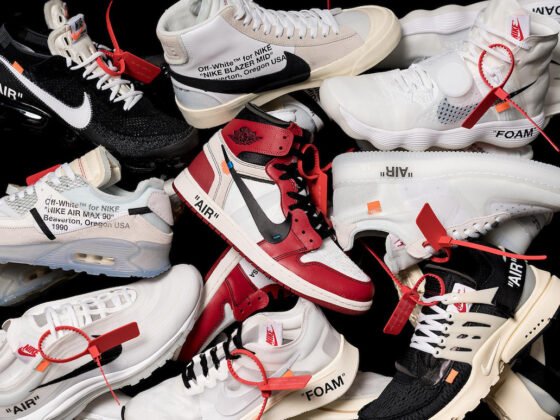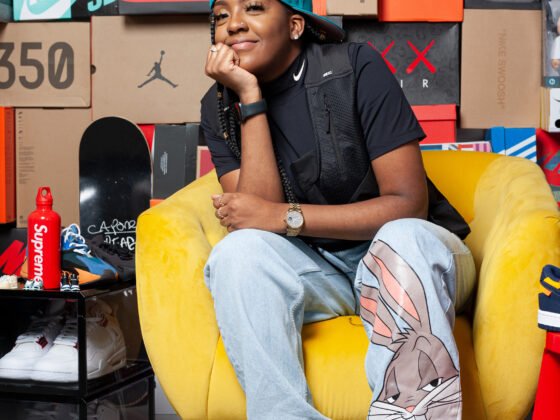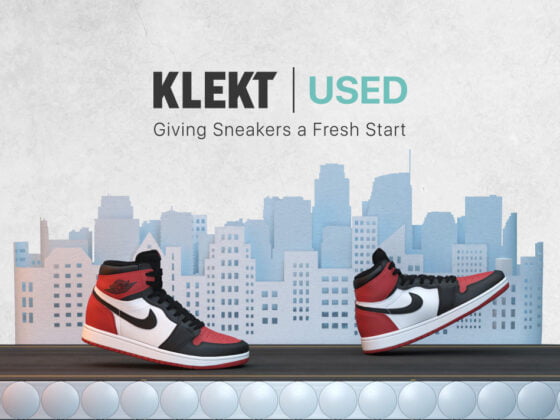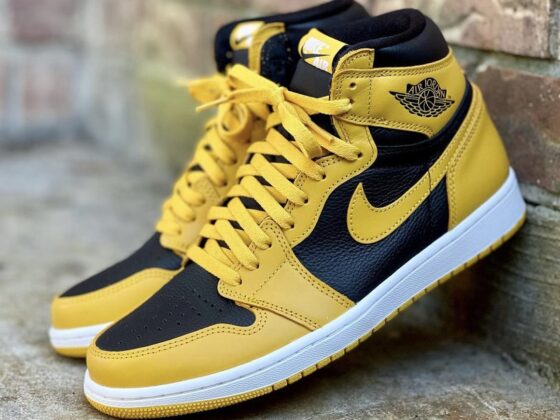Michael Jordan is arguably the most influential person in sneakers to this day. Whilst His Airness retired in 2003, his signature footwear has remained long after he stopped gracing the court. And yet, this is not even the end of his legacy. The Last Dance, the Netflix documentary looking back at MJs career, has shown the world more about what makes the Chicago Bull so great. Determination, athletic prowess and a mercurial attitude are just some of the characteristics that MJ showed.
It is for this reason that Michael Jordan’s sneakers have remained so important to the tapestry of sneakers. Here, we take a closer look at how Michael Jordan changed the face of sneaker culture. From his origins as a University of North Carolina Tar Heel to making Jordan a global brand, this is a brief history of Air Jordans.
Running With The Bulls
After graduating from the University of North Carolina, Michael Jordan signed with the Chicago Bulls. Having made a name for himself as a star player at UNC Jordan’s athletic prowess was not to be ignored. During this period, Jordan had just signed a deal with Nike. The $500,000 a year deal, as well as a signature sneaker line, was one of the most expensive endorsements for a rookie ever paid. Whilst Jordan’s legacy with Nike was just about to start, it could have all been very different.
Phil Knight, Founder and then CEO of Nike, was determined to make sure that an athletic line would be created for Jordan. After deals with Converse and adidas fell through, it was up to Knight and his team to ensure they did not let Michael down. Peter C. Moore was recruited to bring the vision together. Sketched on the back of a napkin, Moore combined Jordan’s freak ability to “fly” through the Air with a simple basketball logo featuring wings: Air Jordan was born.
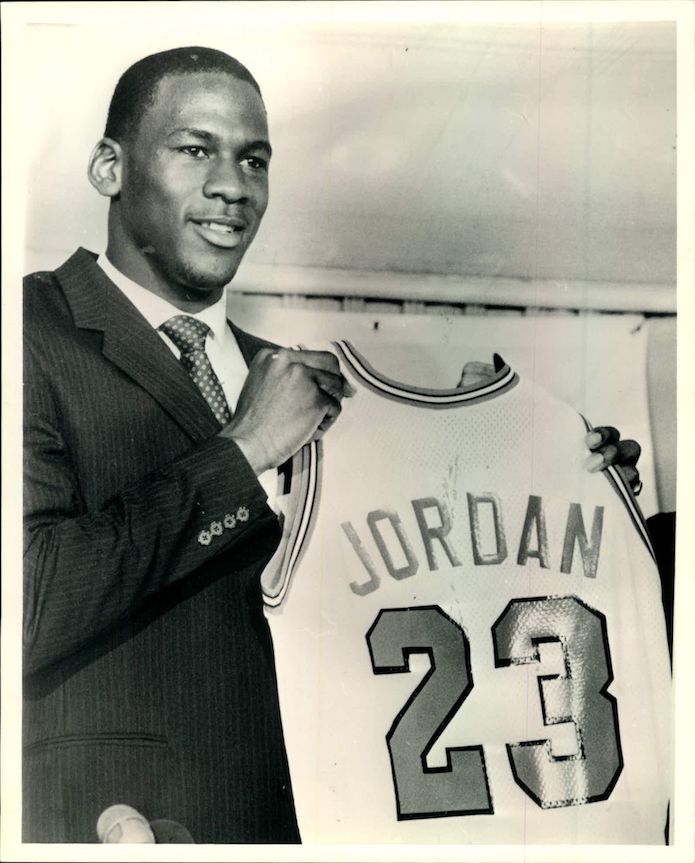
Banned by the NBA
Whilst there is some debate about whether or not the Air Jordan 1 was the real banned sneaker, it didn’t seem to matter to the people buying the shoes. During the early 1980s, the NBA had strict footwear rules. Sneakers had to be white. Black and red sneakers? It wasn’t a thing. As Jesse Washington put it: “Who wore black shoes? Nobody since the ’60s and ’70s with Chucks and Pro-Keds.” It was a bold move. However, it would kick start a story that created one of the most sought after shoes on the planet.
In April 1985, Nike had sold $70 million worth of Jordan shoes. Everyone wanted to be like Mike. It was a perfect marriage. Jordan was the hottest player in basketball and the fact his shoes were banned only added to the allure. Now, kids on courts all over the US would be emulating the greatest player in the league. Michael Jordan was 22 years old and was already creating a sneaker legacy of his own. However, this is just the beginning.
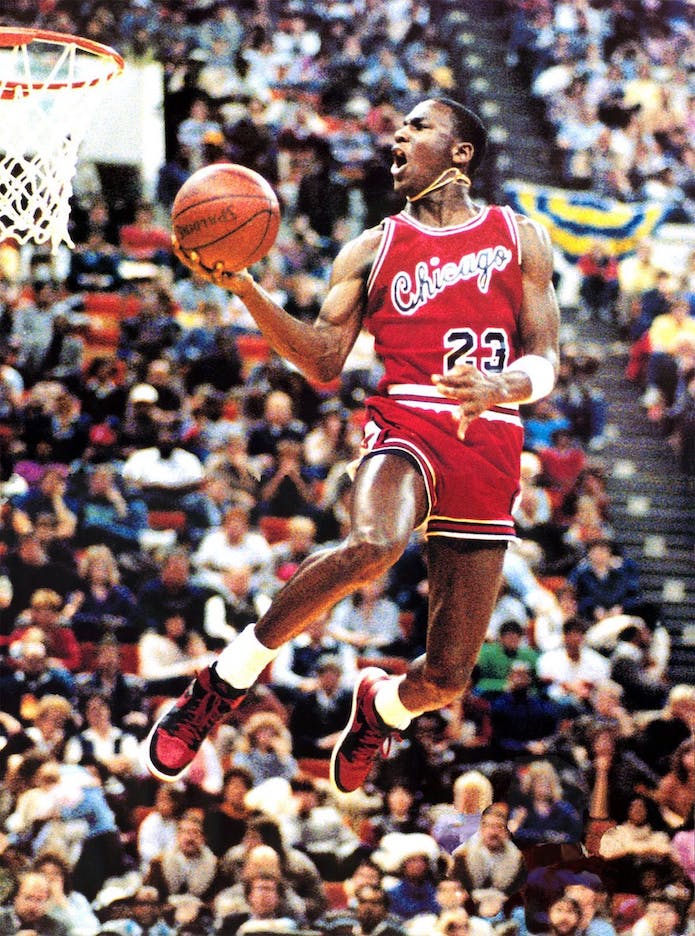
Take Flight
There are countless sneaker moments that defined the Jordan sneaker legacy, yet the 1988 NBA All-Star Weekend Dunk Championship is what helped cement an icon. Taking off from the free-throw line, Jordan would slam dunk the ball straight into the net. On his feet were a brand new pair of Air Jordans; the Air Jordan 3. This instant. This moment. This is what helped create a brand that changed into something completely different.
Designed by Tinker Hatfield, the Air Jordan 3 was the sneaker that kept Michael Jordan at Nike. Unlike the failed Air Jordan 2, the Jordan 3 featured everything the Michael wanted. More importantly, however, it was the sneaker that reignited the maturing sneaker communities love of MJs footwear. A visible Air Unit, the first time used in a basketball sneaker, was game-changing. The large Nike Air on the back and Jumpman on the front were instantly recognisable. Hatfield had cracked the secret code to getting Jordans back into popularity.
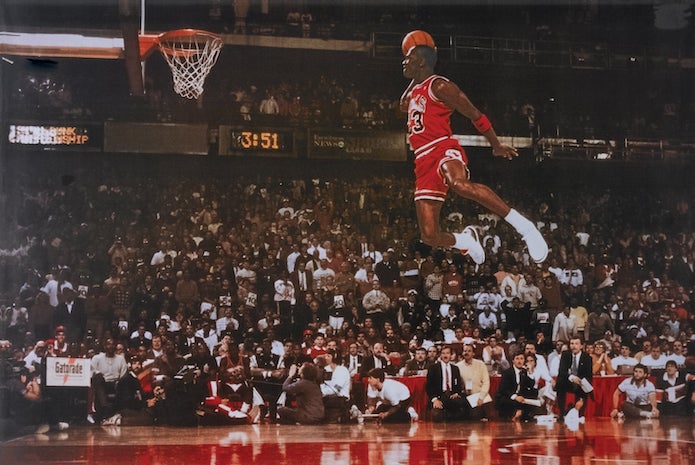
Celebrity Status
By the late 80s early 90s, Michael Jordan was a household name in the US. His sneakers were spotted on the feet of kids in New York to celebrities in Hollywood. The Air Jordan 4 was a big hit and Nike continued to roll out Jordan sneakers with Tinker Hatfield leading the design process. After the introduction of the Air Jordan 5, which used non-Bulls colourways for the first time, the target market changed. Now, Nike realised that it could attract more people. “Grape” Air Jordan 5s were rocked byThe Fresh Prince of Bel-Air, Will Smith.
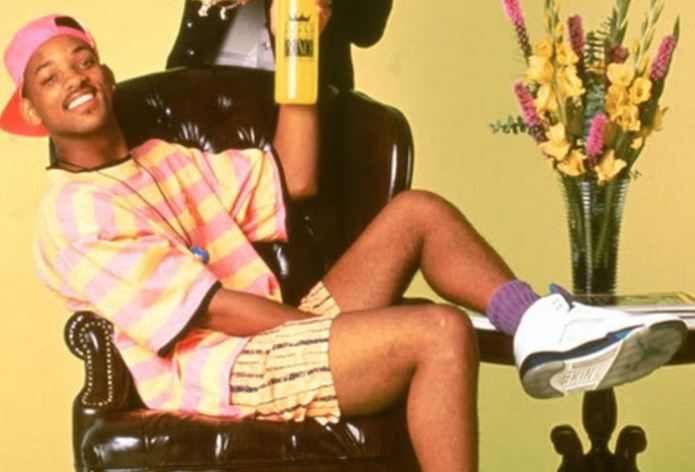
Making History
Since joining the Chicago Bulls in 1984, Michael Jordan had yet to win an NBA Championship. He had come bitterly close and yet never managed to pull it off. That was until 1991. Led by Phil Knight, the Chicago Bulls would go onto win the NBA for the first time in decades. On the feet of Michael Jordan were the Air Jordan 6, a sneaker that was immortalised alongside the image of him crying with his father, cradling the trophy.
From here on out, it was Jordan mania. Every kid in the US wanted to score game-winning shots rocking the Air Jordan 6. It was another design that featured all of Hatfield’s knowledge. And just like that, it was almost forgotten about once the introduction of the Air Jordan 7 happened. The Bulls knew what pressure they were under, yet they weren’t phased. Storming to victory again in 1992, Jordan and his teammates made history.
With the winning streak well and truly underway, the Air Jordan 8 would mark one of the greatest sporting achievements of all time: the Threepeat. Jordan had done it. He had won back to back to back NBA Championships. It was something that no one envisioned bar MJ and the Bulls team. And then, very suddenly, things took a sad turn.
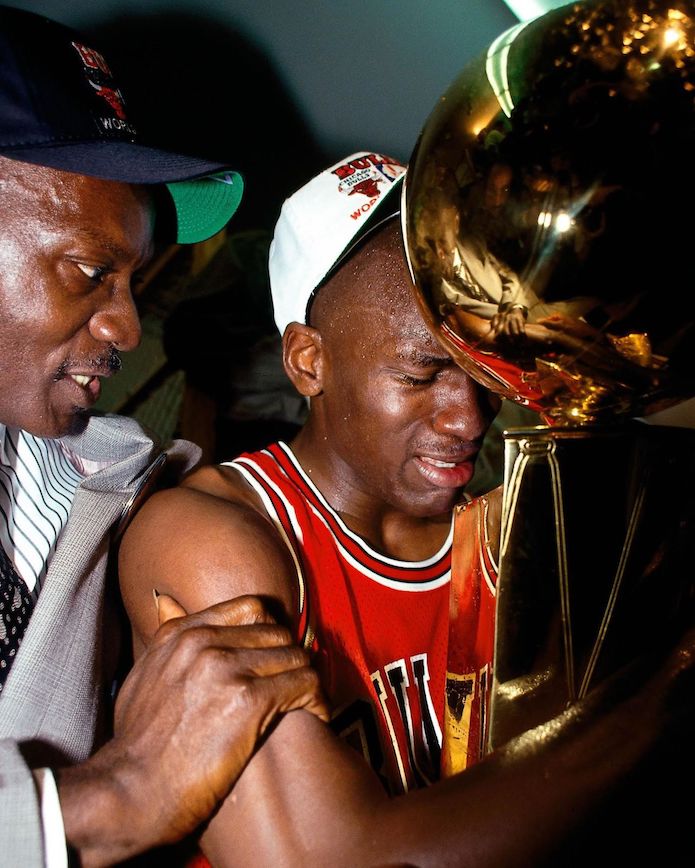
Retirement
Following the passing of his father, Michael Jordan announced that he was retiring from the NBA. The sudden and brutal death of his father had hit Jordan hard. It was time to move on. Move away from basketball and follow his dream of becoming a baseball player. The sporting world was stunned. The sneaker world was stunned. Many feared that that was it. That was the end of Jordans. Nike had no idea what to do.
After the introduction of the Air Jordan 9 and Air Jordan 10, many were sceptical over how successful the line could be. Trying to maintain a sneaker line with no athlete to lead it was a challenge. It was a strange time for the sneaker and basketball world. Then, it was all about to change, for the better.
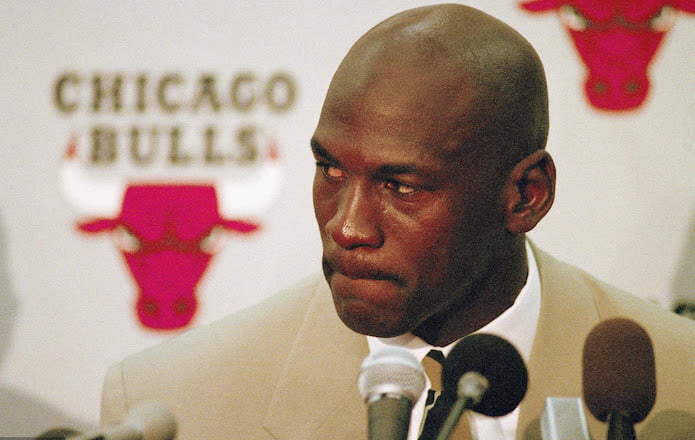
“I’m Back”
Michael Jordan announced his return to the NBA on March 18th, 1995. The simple two-word press release would go on to change the future of basketball. One clear message began resonating through the NBA and sports world: “I’m back.”
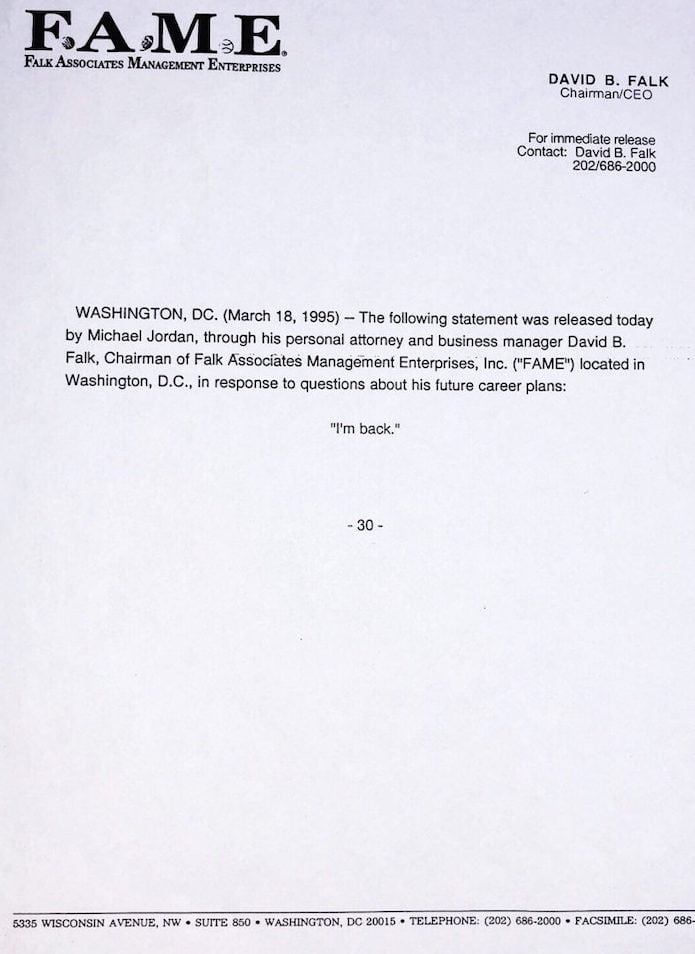
Threepeating History
1996 saw the introduction of the Air Jordan 11 and also led the Chicago Bulls to their first NBA Championship since his departure. The white mesh was contrasted by black patent leather, creating a sneaker that lived in the memory of all who saw it. With MJ, working together with Dennis Rodman and Scottie Pippen, the three created a formidable force. It was the moment the sporting world had been waiting for. The Bulls had begun to run again.
1997 saw Jordan and the Bulls win their second NBA Championship on the run. Jordan wore the Air Jordan 12, a sneaker that became synonymous with one match: the Flu Game. After contracting food poisoning, Jordan went on to play in the fifth game of the NBA Championship vs the Utah Jazz. It was a sneaker that became as historic as the game itself. Moreover, it marked how Jordan’s unfaltering love of the game pushed him to overcome his illness.
Whilst Jordan had been rocking the Air Jordan 13 during the 1998 season, the Air Jordan 14 is what cemented his legacy as one of the greatest. Dubbed “The Last Shot”, Michael Jordan cut back against Bryan Russell to put the Bulls in the lead. With a few seconds left to go, Jordan had done it. The second Threepeat was secured. History had been made.
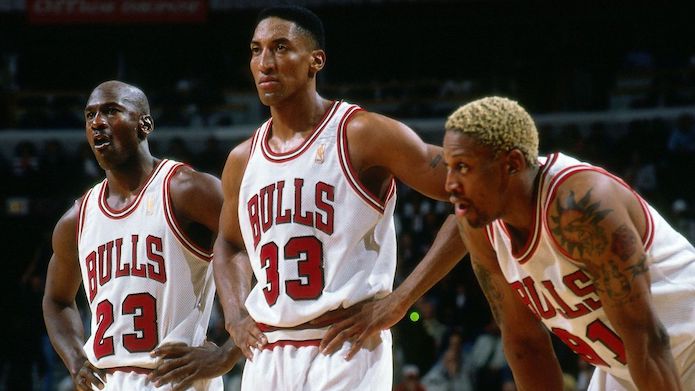
Retiring (Again)
After a few years with the Washington Wizards, Michael Jordan would retire from the game he loved. With a career that spanned almost 20 years, it was time for MJ to call it a day. It was also the end of Jordans that the GOAT himself wore. Sneakers would never be the same again. But the end of MJs career didn’t mean the end of his sneakers. Following his departure, it sparked a brand new era for Jordan Brand, creating sneakers that appeased to a mass market.
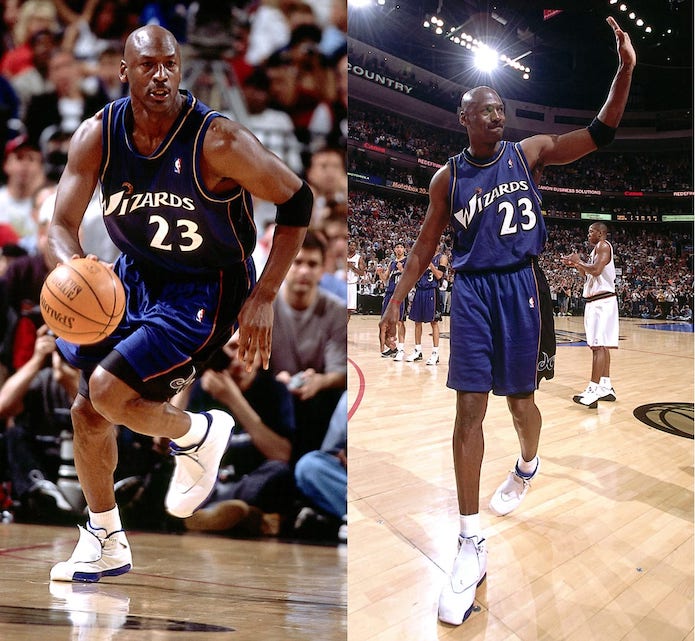
2003 – Now
There are a number of reasons that Jordans have remained so relevant in sneaker culture to this day. For one, we sneakerheads are sentimental. Whether it’s by linking specific colourways to games or memories that are fused with the sneakers, Jordans have remained a part of sneaker culture for one reason: Michael Jordan. Without MJ there would be no Jordans and without Jordans, the sneaker game would look very different.
In recent years, Jordan Brand has gotten creative with its work. Collaborations with brands, designers and artists have all helped to cement the story of Jordan. The likes of UNDEFEATED, Eminem, Virgil Abloh, Travis Scott and Kanye West have all contributed to the importance of Jordans in sneaker culture. More importantly, though, sneakerheads have not let Jordan’s impact in sneakers be forgotten.
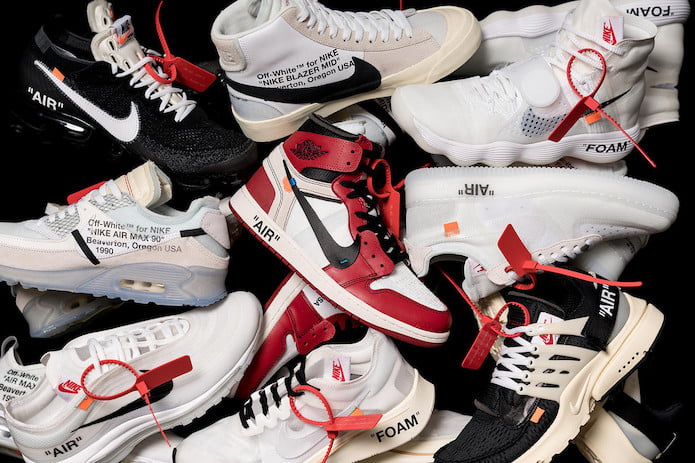
Final Thoughts
We hope that you enjoyed this brief look back at the story of the Air Jordans. With over 30 years of history surrounding the sneaker line, it was a pit stop tour on just how Jordans became one of the most important parts of footwear culture. If you’re looking for a pair of classic Jordans, retro Jordans or new Jordans, then head over to KLEKT now!



